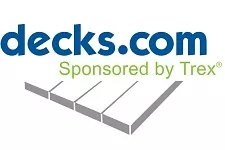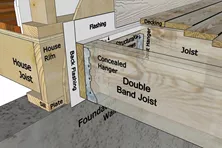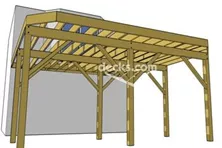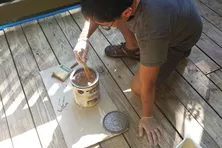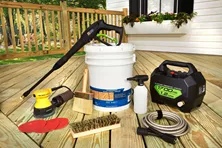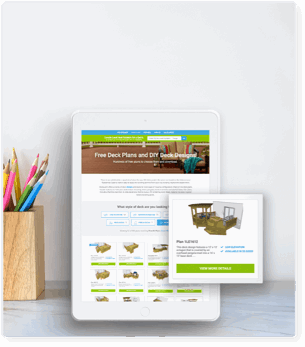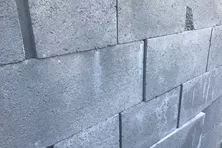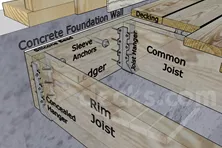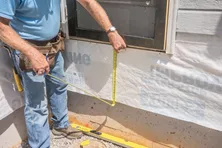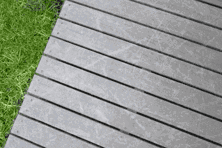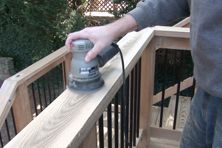Attaching a Deck Ledger Board to Engineered Floor Joists
Floor truss systems are very different from conventional floor framing materials. Like a roof truss, floor trusses are created through joining standard lumber, typically 2x3 or 2x4, with metal connectors. The resulting, engineered product is a long-spanning floor joist - about a half to two times taller than a typical 2x10 - that is able to house HVAC ducts, plumbing and other service lines within the floor assembly. Floor trusses do not use a typical band (rim) joist around the edge of the floor, where ledgers are typically attached. They have to be handled differently. Technically, the straight and narrow answer is that an engineer must evaluate the floor truss system and design a connection method for a ledger. The other option is a freestanding deck or other method that avoids connection to the floor system altogether.
A slightly more relaxed approach would be to use the recommendations of the Structural Building Components Association (SBCA) in their document, appropriately titled, “Attachment of Residential Deck Ledger to Metal Plate Connected Wood Truss Floor System”. While a mouthful of a title, it provides detailed methods for doing exactly that, connecting a deck to a floor truss system. Five distinct connection details attempt to cover various configurations and methods for making the connection, including connections to wood and composite blocking, the ends of the trusses and the truss ribbon strip (a horizontal member similar to a band joist that connects the trusses together at the ends). Parallel and perpendicular orientations of the deck joists to the floor trusses are also provided. The general message is that it’s not a casual connection, and various considerations are necessary.
Attaching the Ledger Board to the House Rim
Learn how to properly install a waterproof ledger board using flashing and fasteners. Check out our step-by-step video and detail drawings.
Types of Deck Flashing
Compare stainless steel, copper and vinyl flashing materials for waterproofing your deck ledger board.
Attaching the Ledger Board to Brick Siding
Do you have brick siding? You should never attach to just the brick. This is very dangerous.
How to Stain a Wood Deck
Staining your deck, porch or patio can help maintain the longevity of its appearance. Learn how to stain your deck with these easy to follow steps at Decks.com.
Average Cost to Stain a Deck
Find the national average costs for staining and sealing a deck per square foot, including sanding and power washing prices. Learn more at Decks.com
More Helpful Resources
Explore Articles by Topic
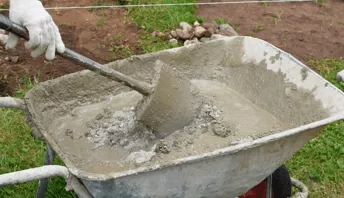
Footings
Information related to installing frost footings for decks
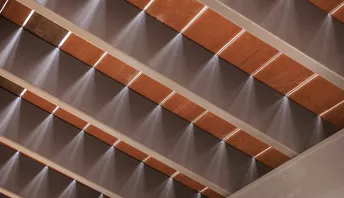
Framing
Learn structural framing methods
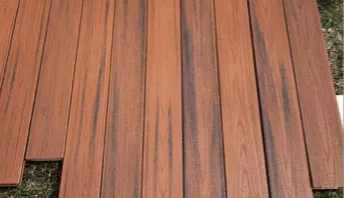
Decking
Learn about wood and composite decking materials
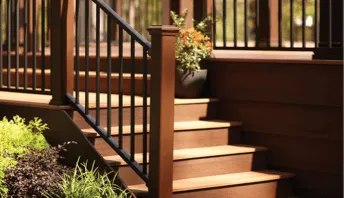
Stairs
An in-depth look at the complex issue of how to build stairs
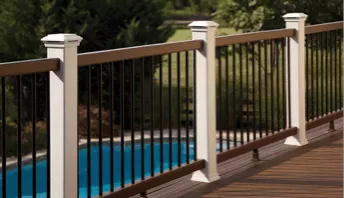
Railings
How to install guardrails and handrails to meet IRC code
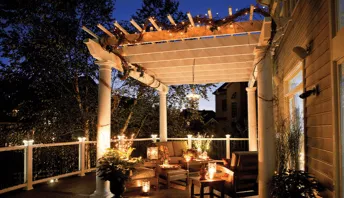
Features
An overview on water drainage, benches, planters and lights
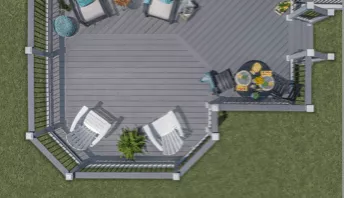
Design
The basics of deck design
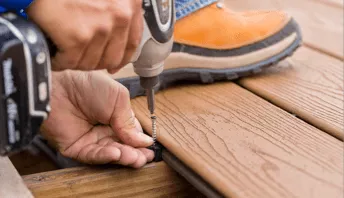
Planning
Learn about permits and working with contractors
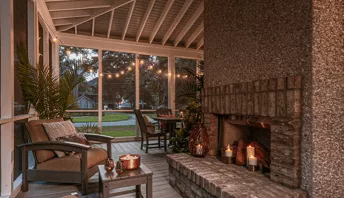
Porches & Patios
Build a covered deck to enjoy all seasons
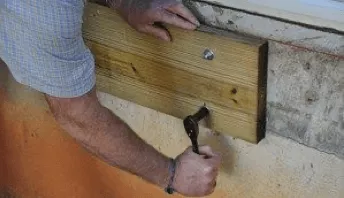
Ledger
Proper attachment techniques
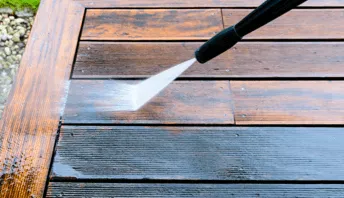
Care
Maintain your deck to maintain your investment
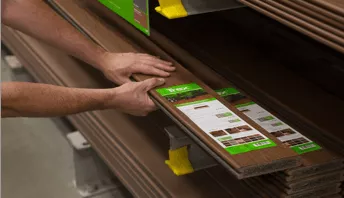
Materials
An overview on water drainage, benches, planters and lights
Attaching the ledger board to hollow block
Our inspector discusses how to attach a deck to a hollow concrete block foundation wall.
Attaching the Ledger Board to a Concrete Wall
Step-by-step instructions on how to install a ledger board to a concrete house foundation wall using expansion anchors.
Removing the Siding
Learn the right way to remove vinyl siding for ledger board installation—without damaging your home’s exterior. Step-by-step guide with pro tips!
How to Remove Scuffs and Scratches from Composite Decking
Removing scuffs and scratches can help make your composite deck look like new. Learn how to fix and prevent your composite deck from future scratches.
How to Sand a Wood Deck
Sanding a deck is important to prevent any wood slivers and imperfections. Use these instructions to properly sand and refinish your deck.
How to Remove Moss & Algae from Your Deck
Moss and algae growth can be detrimental to the integrity of your deck if left untreated.
Explore Articles by Topic

Footings
Information related to installing frost footings for decks

Framing
Learn structural framing methods

Decking
Learn about wood and composite decking materials

Stairs
An in-depth look at the complex issue of how to build stairs

Railings
How to install guardrails and handrails to meet IRC code

Features
An overview on water drainage, benches, planters and lights

Design
The basics of deck design

Planning
Learn about permits and working with contractors

Porches & Patios
Build a covered deck to enjoy all seasons

Ledger
Proper attachment techniques

Care
Maintain your deck to maintain your investment

Materials
An overview on water drainage, benches, planters and lights
